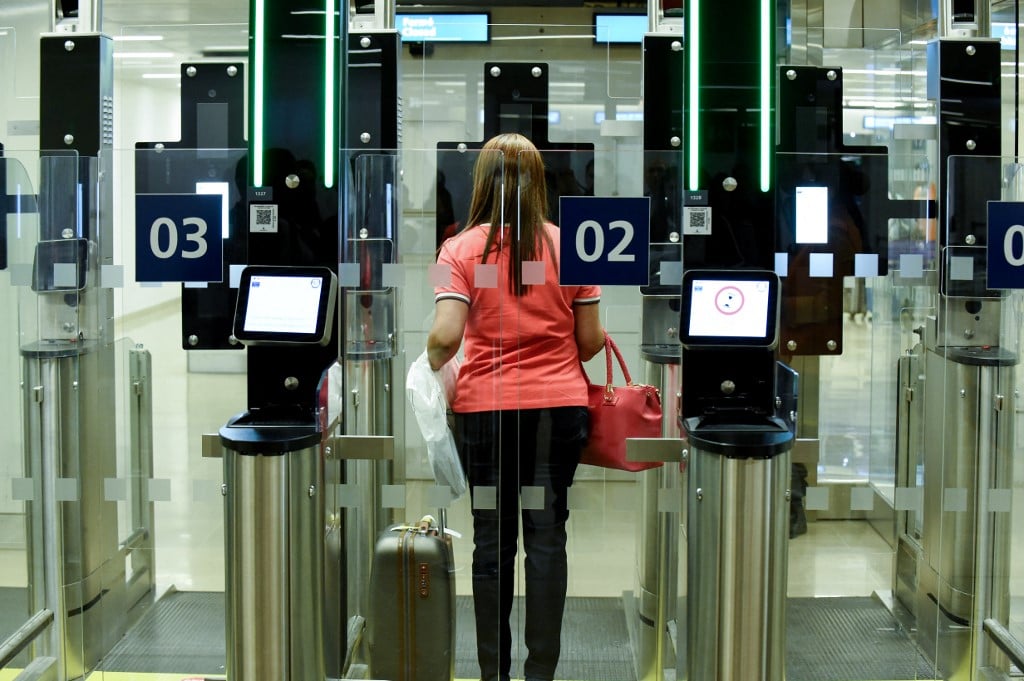‘A game changer’: Airlines demand EU explain new border system for non-EU travellers

Schengen countries are set to tighten up security at the external borders with the introduction of a new digital system (EES) to record the entry and exit of non-EU citizens.
The new system, which will require non-EU travellers to register and have biometric data including fingerprints taken at the border, was due to come into force in May 2023 after already having been pushed back from 2022.
But this week it was announced – perhaps to no-one’s surprise – that the system will not be ready by May. Although a new date has not been set the EU now says it will be launched “by the end of 2023”.
According to the travel site TTGmedia.com which first revealed the delay, the decision was taken at an EU meeting in Tallinn last week.
It was agreed the May 2023 target “was considered no longer achievable due to delays from the contractors”.
Stakeholders, including airports and port authorities on the northern French coast, should continue to prepare for a target launch date “within the end of 2023”.
“In particular, border crossing points should be fully equipped for the use of the Entry/Exit System by the end of the year,” read a summary of the meeting.
A new more detailed timeline for the rollout is expected to be revealed in March.
The Local had previously reported in November how governments across Europe feared the new checks will cause long delays at borders – particularly at the UK-France border, where the boss of the port of Dover predicted “tailbacks throughout Kent”.
What is the new EES system?
This doesn’t change anything in terms of the visas or documents required for travel, or the rights of travellers, but it does change how the EU’s and Schengen area’s external borders are policed.
It’s essentially a security upgrade, replacing the current system that relies on border guards with stamps with an electronic swipe in/swipe out system that will register more details such as immigration status.
It is for the EU’s external borders, so doesn’t apply if you are travelling between France and Germany for example, but would apply if you enter any EU or Schengen zone country from a non-EU country eg crossing from the UK to France via Channel Tunnel or flying into Germany from the US.
It will apply when entering all EU member states, apart from Cyprus and Ireland, as well as four non-EU countries in the Schengen Area: Iceland, Lichtenstein, Norway and Switzerland.
Travellers will need to scan their passports or other travel document at a self-service kiosk each time they cross an EU external border. It will not apply to foreign residents of EU countries or those with long stay visas.
When non-EU travellers first enter the Schengen/EU area the system will register their name, biometric data, and the date and place of entry and exit. Facial scans and fingerprint data will be retained for three years after initial registration.
The system will digitally track the number of days non-EU citizens spend in the union to ensure people do not overstay the permitted 90 days in any 180-day period in the Schengen area.
Also due to come into effect in 2023 is ETIAS – this will require tourists to register in advance for a visa and pay €7. This is due to launch in November 2023, and the EU has so far not announced any change to this date.
